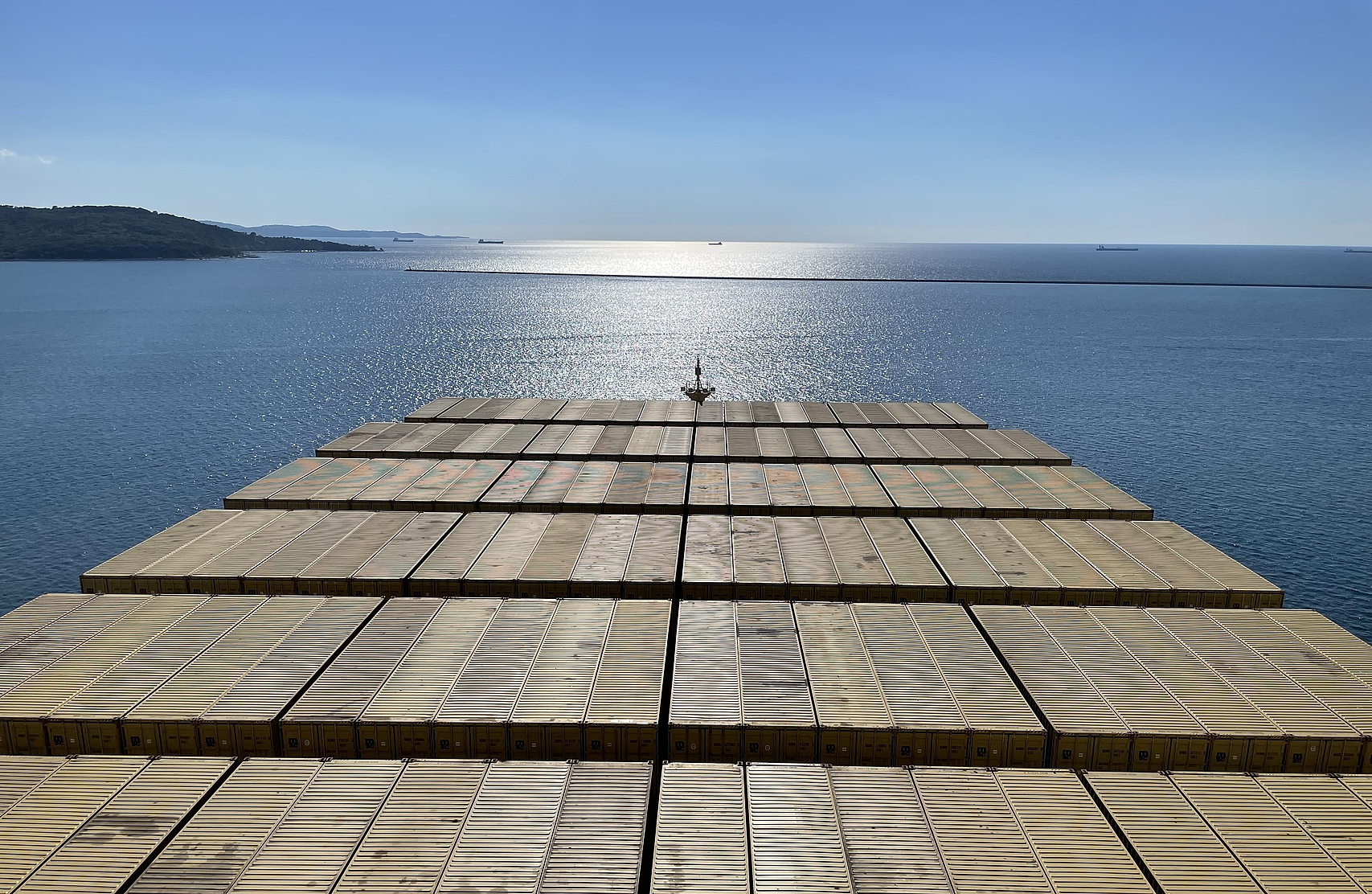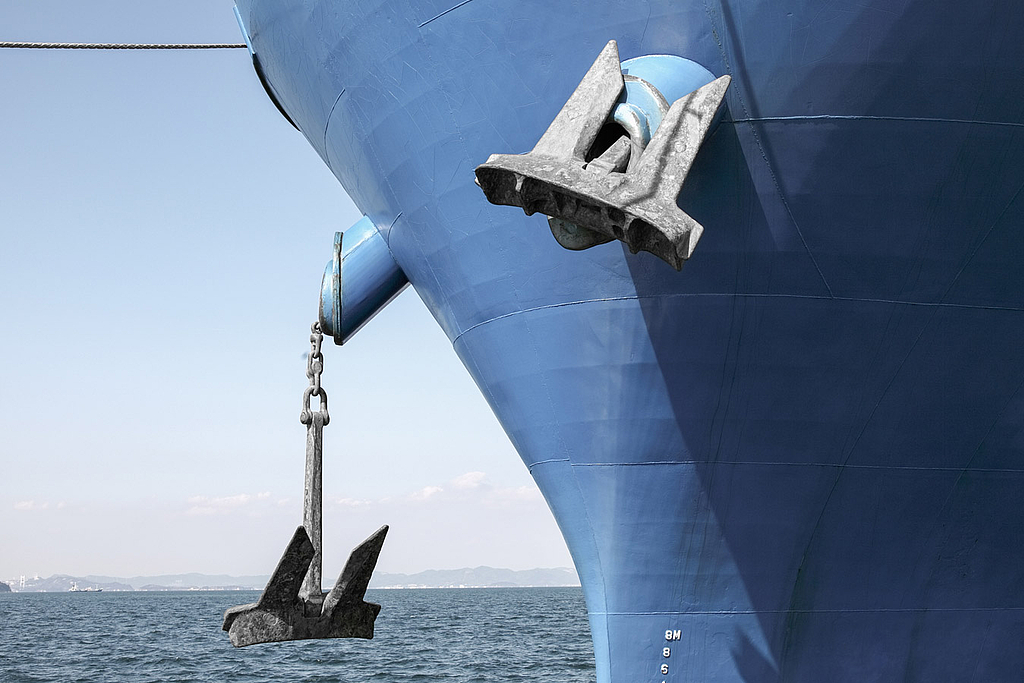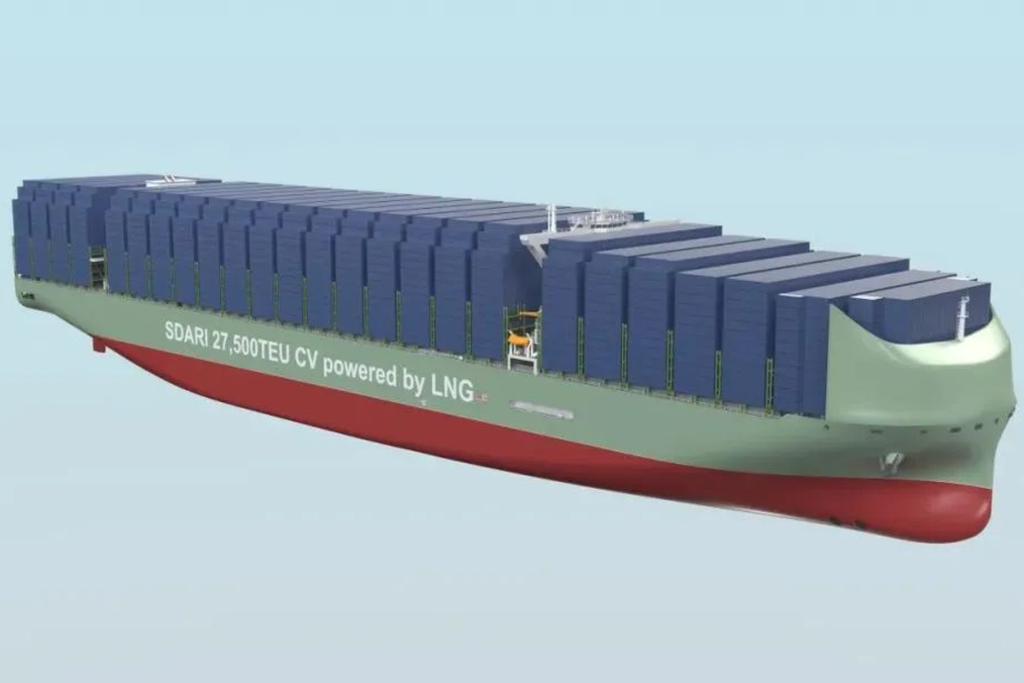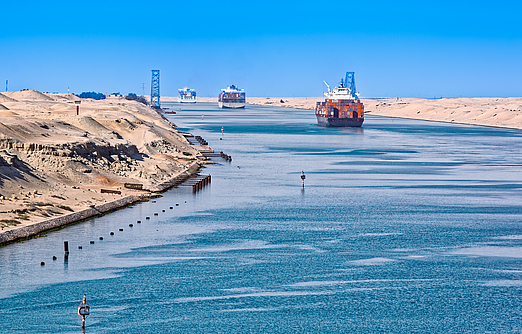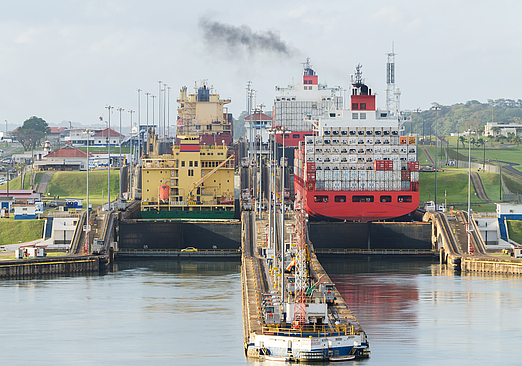Constant evolution: Container shipping is ready to embark into a new era
27,500 TEU giants will roam the sea
- Insights
The maritime freight sector has undergone seismic change in recent decades. The first container ships in the 1950s were converted vessels with space for little more than 50 TEU containers. A decade later, that capacity had already increased fivefold. This trend continued steadily, before accelerating rapidly after the turn of the Millennium, with shipping companies constantly outdoing each other and breaking records in spectacular fashion. Today’s maritime monsters can transport over 24,000 containers, making them too large for some ports to handle. And now there are plans for a new record-breaking ship with capacity for a whopping 27,500 containers.
